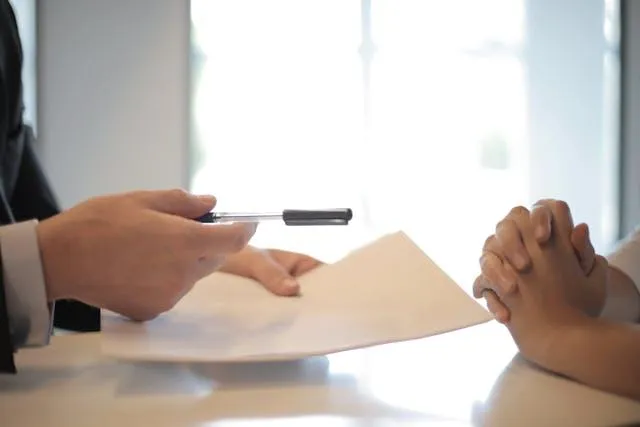
How to Choose the Right Deductible for Your Homeowners Insurance in Florida
Imagine a hurricane warning is issued in Florida. You feel relieved because you have homeowners insurance. But when it’s time to file a claim, the deductible — the amount you pay out-of-pocket before insurance kicks in — suddenly becomes the key factor in how much financial stress you face.
Choosing the right deductible isn’t just about picking a number. It’s about balancing affordability, risk tolerance, and Florida’s unique insurance environment. In this guide, we’ll break down what deductibles are, how they work in Florida, and how to make the smartest decision for your home and your wallet.
What Is a Homeowners Insurance Deductible?
A deductible is the amount you agree to pay before your insurance company covers the rest of your claim.
Example: If your deductible is $2,000 and you file a $10,000 claim, you pay $2,000 and your insurance covers the remaining $8,000.
Types of deductibles in Florida:
Standard (fixed amount): A flat dollar amount (e.g., $1,000).
Percentage-based: Common for hurricane or windstorm coverage, calculated as a percentage of your home’s insured value (e.g., 2% of a $300,000 home = $6,000 deductible).
Why Florida is unique: Due to the high risk of hurricanes and storms, many policies include separate hurricane deductibles in addition to standard ones.
How to Choose the Right Deductible in Florida
Here’s a step-by-step guide to making a confident decision:
1. Assess Your Financial Cushion
Higher deductible = lower premium. If you have an emergency fund, you may choose a higher deductible to save on monthly costs.
Lower deductible = higher premium. If you don’t have much in savings, a lower deductible protects you from sudden big out-of-pocket expenses.
2. Understand Florida-Specific Risks
Hurricane deductible: Typically 2–10% of your home’s insured value. These apply only to hurricane-related damage.
All other perils deductible: A fixed amount for fire, theft, or non-hurricane events.
3. Compare Premium Savings
Ask your agent to run quotes with different deductible levels. Sometimes increasing from $1,000 to $2,500 saves significantly — but jumping higher may not be worth the extra out-of-pocket risk.
4. Factor in Mortgage Requirements
If you have a mortgage, your lender may limit how high your deductible can be. Always check before adjusting.
5. Consider Claim Frequency
Rarely file claims? A higher deductible may be smarter.
Prone to frequent claims? A lower deductible could prevent repeated financial strain.
FAQs About Homeowners Insurance Deductibles in Florida
What is the average homeowners deductible in Florida?
Most Floridians choose a $1,000–$2,500 standard deductible, but hurricane deductibles are often set between 2%–5% of the insured home value.Are hurricane deductibles mandatory in Florida?
Yes, insurers are allowed to require them. They only apply to officially declared hurricanes, not every storm.Can I have different deductibles for different risks?
Yes. It’s common to have a flat deductible for theft/fire and a percentage-based deductible for hurricane damage.Does a higher deductible always mean lower premiums?
Generally yes, but the savings level off after a certain point. It’s important to calculate the break-even point.Should retirees in Florida pick higher or lower deductibles?
It depends on their savings. Retirees with fixed incomes but strong reserves may prefer higher deductibles, while those with tighter budgets may choose lower ones.
Conclusion: Protect Your Florida Home with the Right Deductible
Choosing the right deductible is about balance. Too low, and your premiums may drain your budget. Too high, and a storm claim could wipe out your savings.
At State No-Fault Insurance, we help Florida homeowners compare options and choose the coverage that fits both their risk profile and financial comfort.
Ready to review your policy? Contact us today to speak with a local insurance expert in Florida.